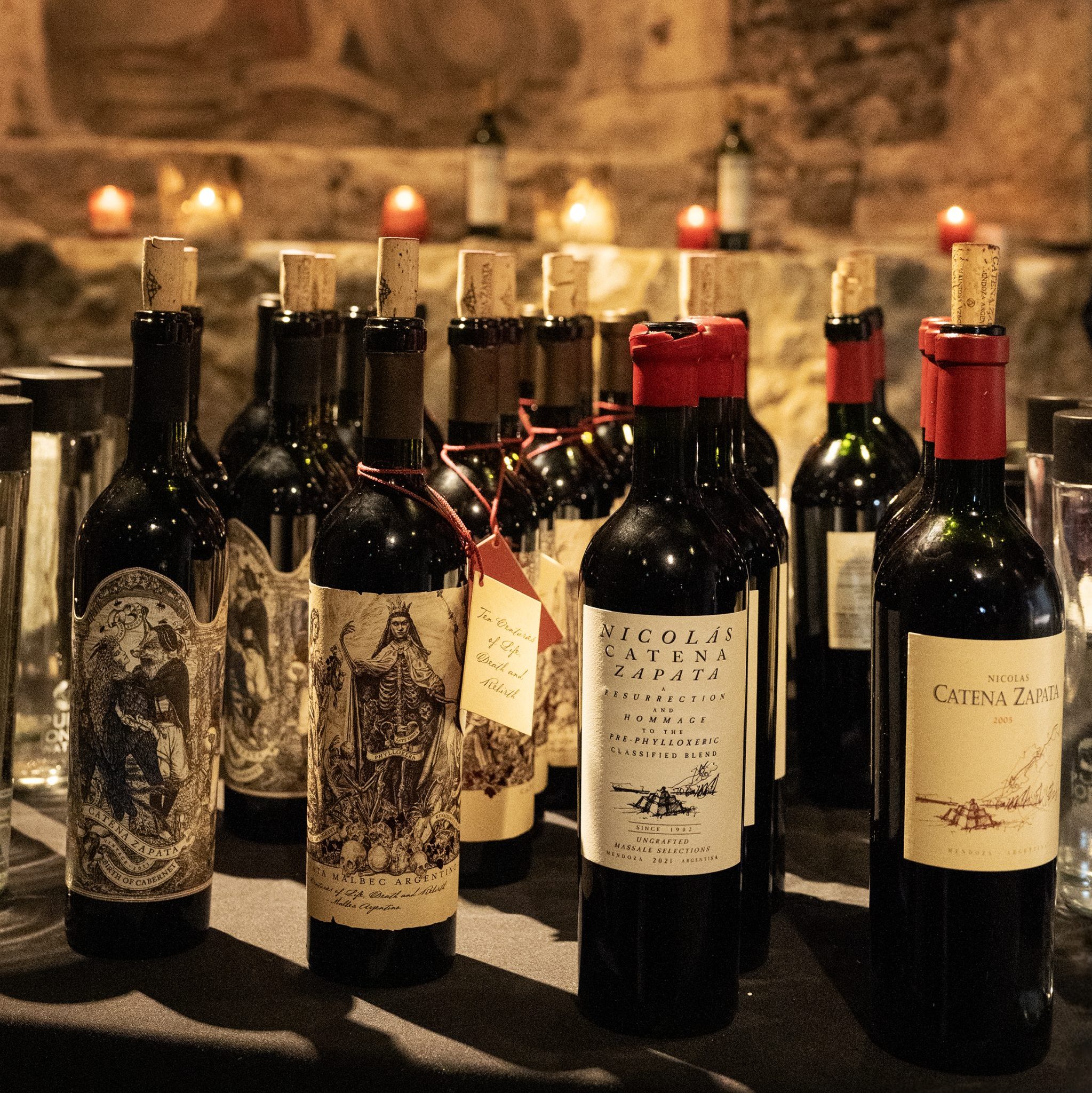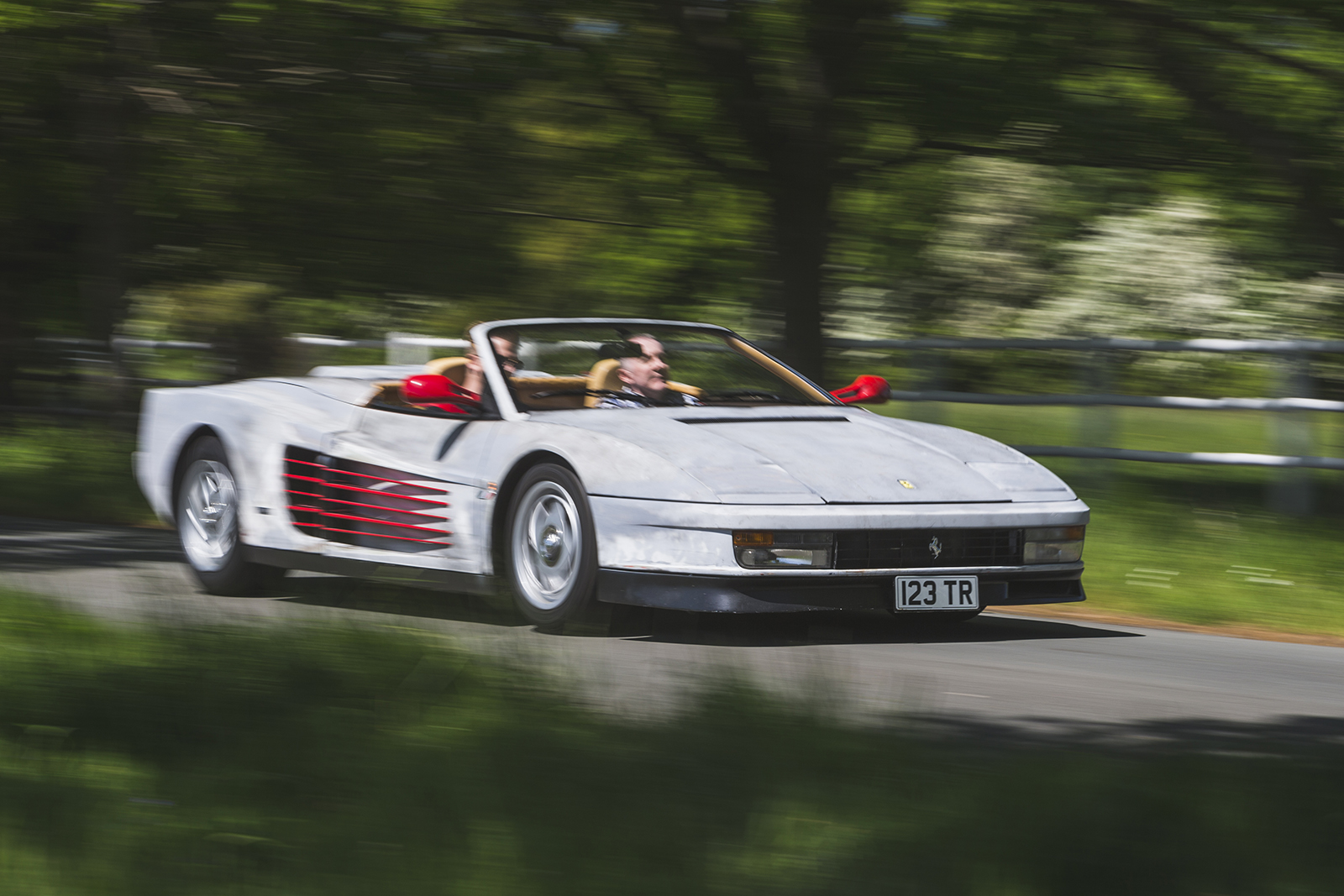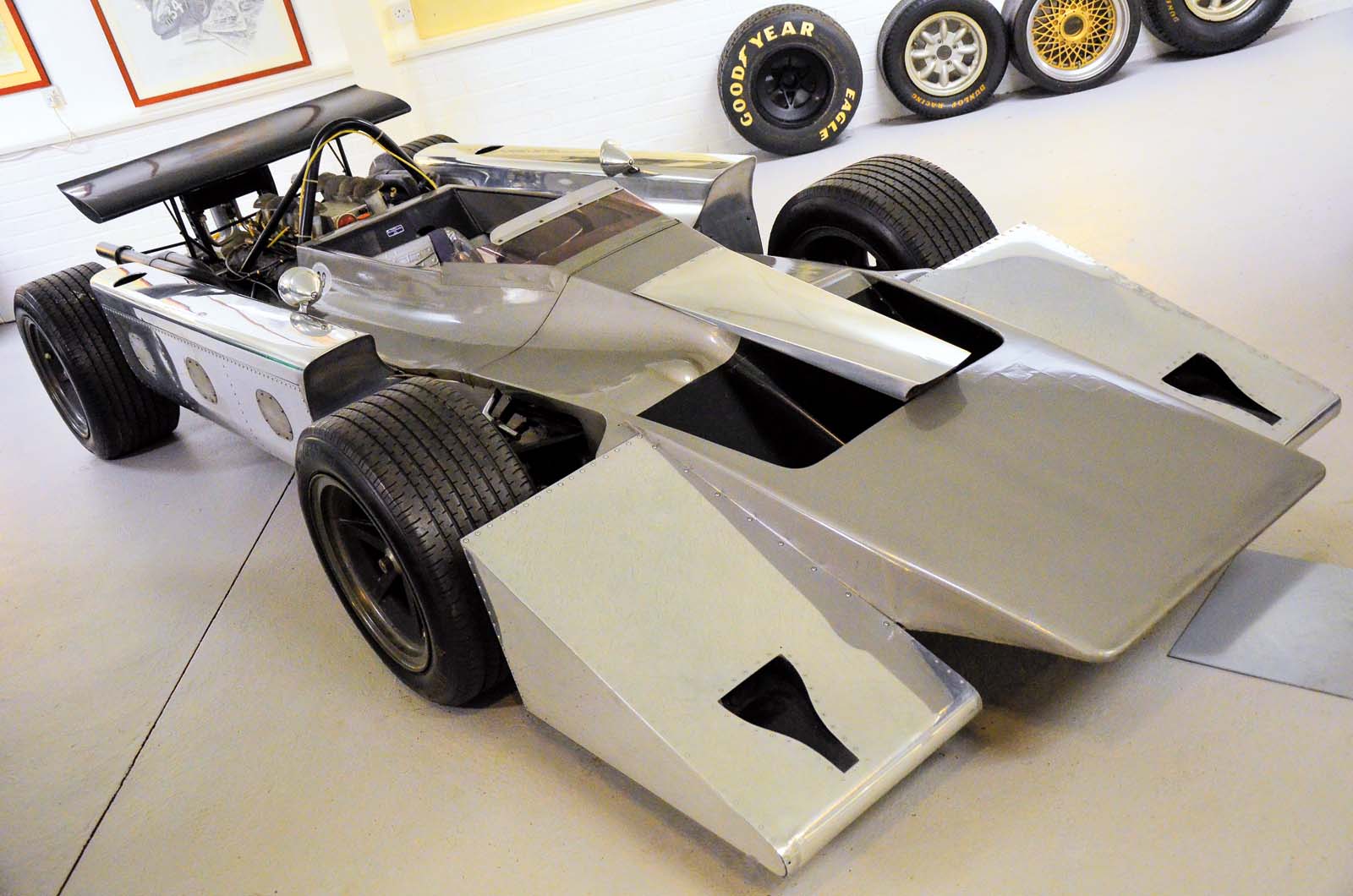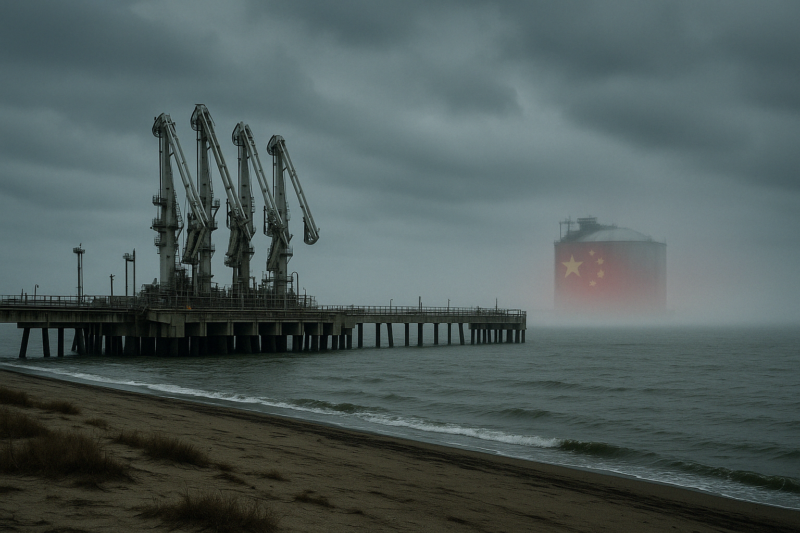Catena Zapata’s latest fine wine, Birth of Cabernet, examines the noble grape’s heritage with an early modern twist. db journeyed to a medieval crypt to discover more.

Already well known for its fine wines – notably Nicolás Catena Zapata and Malbec Argentino – Catena Zapata has started 2025 with a bang, launching Birth of Cabernet to join its upper echelons of its range. With a blend led predominantly by Cabernet Sauvignon, it fills a niche among the winery’s top bottling, which are otherwise either led by Malbec or a broadly even blend of the two.
Already, professionals in the US, China, France and the UK have had a chance to sample it at launch events. At the London tasting, traders such as Harrods, Hedonism and Cambridge Wine Merchants were in attendance, as well as its distributors, Bibendum.
However, with the two Catena sisters (Laura and Adrianna) behind it, the launch was no ordinary tasting. The duo – the winery’s managing director and a published historian – took over the 600-year-old crypt at St. Etheldreda’s Church, London for an evening of feasting and a reflection on Cabernet Sauvignon’s own heritage.
A history lover’s wine
The clue is in the name: the Birth of Cabernet tells the early story of Cabernet Sauvignon’s creation. The idea came to Laura in researching her book Gold in the Vineyards, as she explored the lucky crossing of Cabernet Franc and Sauvignon Blanc that created the grape. It is, she says, “the coolest story nobody knows”.
With the idea in mind, Adrianna took her historian’s eye to the project. With an interest in both visual cultures and the early modern period – a running joke of the night was that Laura categorically would not allow her to do a second PhD on the subject – she helped craft the narrative for the project.
Taking inspiration from medieval and early modern art history, including allegorical figures and triptychs, the wine is far more than just the liquid in the bottle. Unusual figures adorn the intricate label. Cabernet Franc is the cunning fox, dressed as Cardinal Richelieu who famously loved the grape. Sauvignon Blanc is the siren, savage in her beauty. Their offspring, Cabernet Sauvignon, is a world traveller arriving at Catena Zapata’s instantly recognisable pyramid.
The allegorical styling has its advantages. The intricate bottle is clearly distinctive and offers a conversation starter for those less enamoured with the minutiae of winemaking.
It also nods to the historical influences that underpin both the wine and winery. Laura Catena is an outspoken supporter for old vines, helping preserve clonal diversity of Malbec, particularly with pre-phylloxera examples. She is also often led by research in her work, for instance in assessing the Malbec percentages in 1855 classified Bordeaux.
And, equally importantly, the historical trappings set the scene for a lively evening. On the one hand, it had the classic trappings of a launch – fine food (here inspired by medieval feasting) and the new bottling alongside old favourites. Yet it had its quirks: a pop quiz on early modern history and mythological symbols, as well as masked photographs.
Quite aside from the wine itself, it was testament to how much the sisters love working together. At times quite touched by the project, they posited the wine as a shared joy as much as a luxury project.
“There are so many things going on in this world,” said Laura. “Wine is what is going to keep us happy and alive.”
Making the most of Cabernet Sauvignon
It should be stressed, however, that Birth of Cabernet is not just a historical curiosity. It is, after all, a project from one of Argentina’s most garlanded wineries.
The Cabernet Sauvignon – around 90% of the blend, varying with the vintage – comes from two vineyards: Angélica Sur and La Pirámide. They showcase much of what makes Mendoza special. Sitting at 1,100 and 900 metres elevation respectively, the grapes benefit from high diurnal range. A little Cabernet Franc then rounds out the blend, a freshening nod to Cabernet Sauvignon’s history.
After hand harvest, the crop is fermented in a mixture of concrete eggs, small stainless steel containers and French oak fermenters. The wine then spends 18 to 24 months in a mixture of first, second and third use barrels.
The wine launches with the 2021 vintage, a cooler year but one that nonetheless shows concentration and, according to the producer, “optimal acidity”. The global rollout continues this year in key markets, with the wine set to join the Catena Zapata roster of fine wines.

 Already well known for its fine wines – notably Nicolás Catena Zapata and Malbec Argentino – Catena Zapata has started 2025 with a bang, launching Birth of Cabernet to join its upper echelons of its range. With a blend led predominantly by Cabernet Sauvignon, it fills a niche among the winery’s top bottling, which are otherwise either led by Malbec or a broadly even blend of the two.
Already, professionals in the US, China, France and the UK have had a chance to sample it at launch events. At the London tasting, traders such as Harrods, Hedonism and Cambridge Wine Merchants were in attendance, as well as its distributors, Bibendum.
However, with the two Catena sisters (Laura and Adrianna) behind it, the launch was no ordinary tasting. The duo – the winery’s managing director and a published historian – took over the 600-year-old crypt at St. Etheldreda’s Church, London for an evening of feasting and a reflection on Cabernet Sauvignon’s own heritage.
Already well known for its fine wines – notably Nicolás Catena Zapata and Malbec Argentino – Catena Zapata has started 2025 with a bang, launching Birth of Cabernet to join its upper echelons of its range. With a blend led predominantly by Cabernet Sauvignon, it fills a niche among the winery’s top bottling, which are otherwise either led by Malbec or a broadly even blend of the two.
Already, professionals in the US, China, France and the UK have had a chance to sample it at launch events. At the London tasting, traders such as Harrods, Hedonism and Cambridge Wine Merchants were in attendance, as well as its distributors, Bibendum.
However, with the two Catena sisters (Laura and Adrianna) behind it, the launch was no ordinary tasting. The duo – the winery’s managing director and a published historian – took over the 600-year-old crypt at St. Etheldreda’s Church, London for an evening of feasting and a reflection on Cabernet Sauvignon’s own heritage.










































































































































































